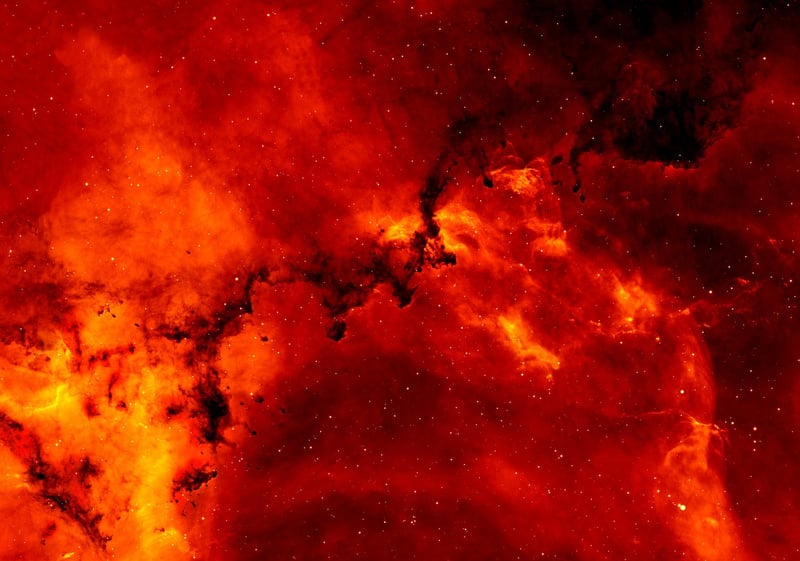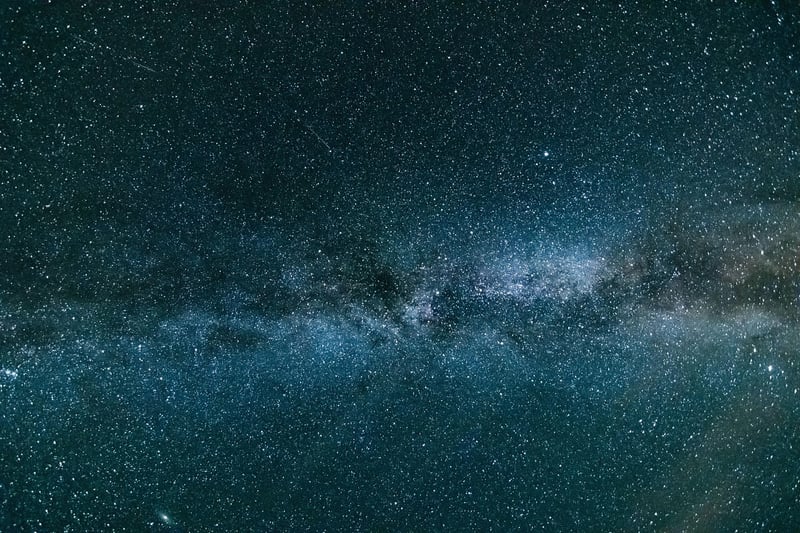Nebulae Exploration
Unlocking the Mysteries of Nebulae: A Cosmic Exploration
Welcome to the mesmerizing world of nebulae, where the universe unveils its enchanting beauty through colorful clouds of gas and dust. Nebulae, often referred to as "stellar nurseries," are vast regions in space where stars are born and where cosmic phenomena dazzle our imaginations.
What are Nebulae?
Nebulae are interstellar clouds of dust, hydrogen, helium, and other ionized gases. They come in different shapes and sizes, each telling a unique story of the universe's evolution. From the vibrant hues of emission nebulae to the dark shadows of absorption nebulae, these celestial formations captivate astronomers and stargazers alike.
Types of Nebulae:
- Emission Nebulae: These nebulae glow brightly due to the ionization of gases by nearby stars, creating stunning colors like the famous Orion Nebula.
- Reflection Nebulae: These nebulae reflect the light of nearby stars, appearing blue in color, such as the Pleiades star cluster.
- Dark Nebulae: These dense clouds of gas and dust block the light from behind, creating intricate patterns like the Horsehead Nebula.
- Planetary Nebulae: The remnants of dying stars, planetary nebulae showcase intricate shapes like the Ring Nebula.
Exploring Nebulae:
Thanks to advanced telescopes and space missions, scientists can unravel the mysteries hidden within nebulae. Technologies like the Hubble Space Telescope have provided us with breathtaking images and valuable data, offering a glimpse into the cosmic phenomena shaping our universe.
Image Gallery:


Conclusion:
Exploring nebulae is not just about understanding the science behind these cosmic wonders but also about appreciating the beauty and complexity of our universe. As we gaze upon these celestial tapestries, we are reminded of the vastness and diversity of the cosmos, fueling our curiosity and driving us to uncover more of its secrets.
So, let your imagination soar as you delve into the extraordinary world of nebulae, where science, art, and wonder converge to create an awe-inspiring celestial symphony.
Happy exploring!
